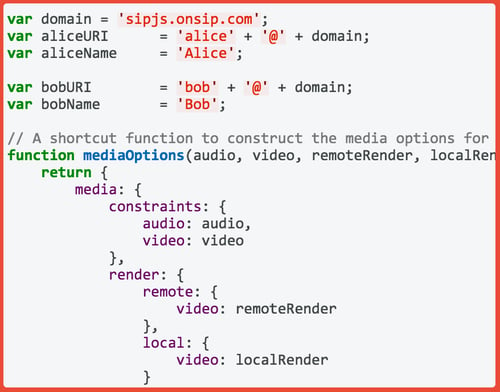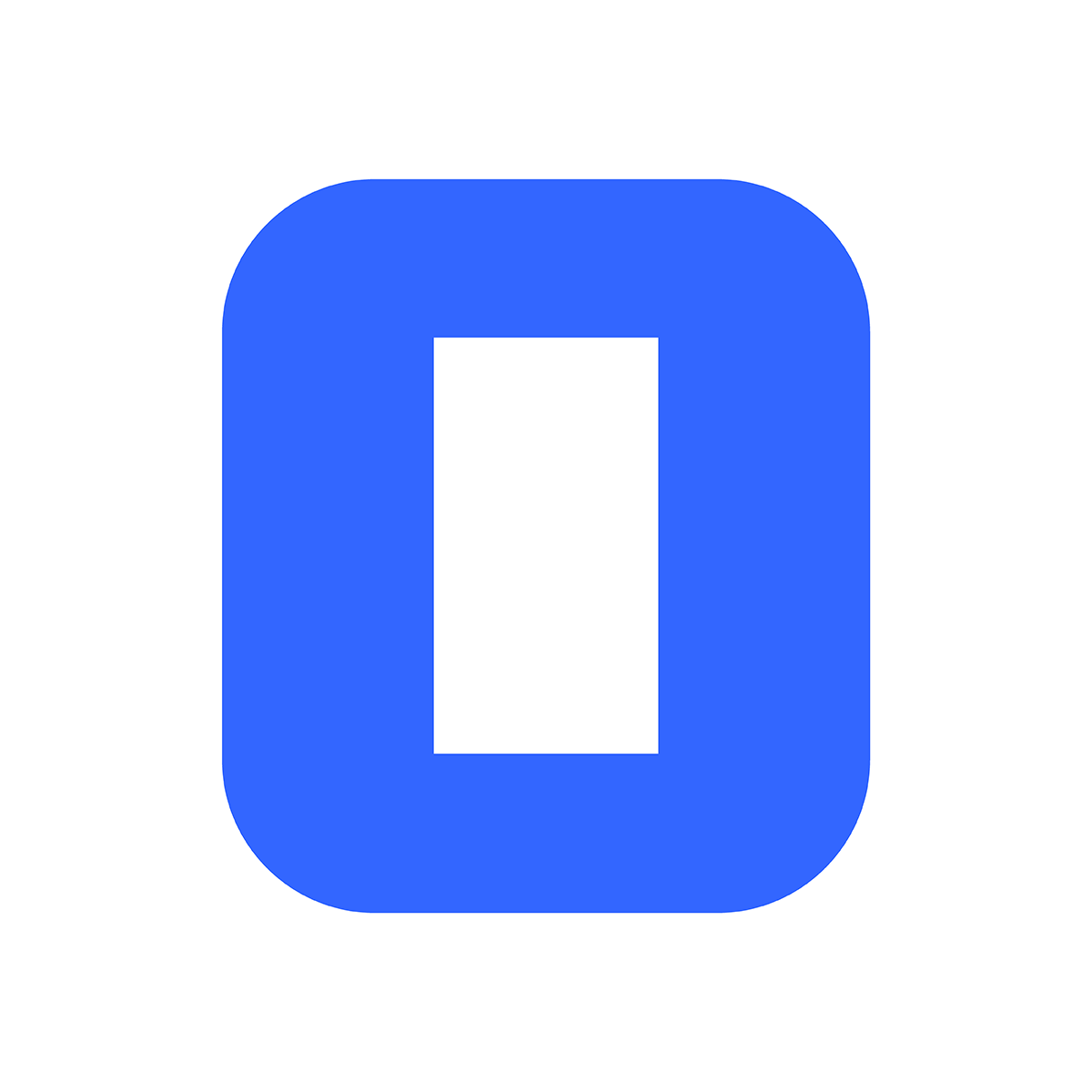What is CPaaS? CPaaS Meaning
CPaaS stands for Communications Platform as a Service. It’s a cloud-based platform that enables developers to add real-time communications features to their own applications without needing to build backend infrastructure and interfaces.
Traditionally, real-time communications (RTC) have taken place in applications built specifically for these functions. You likely use these apps every day, from a traditional phone to WhatsApp, FaceTime and Zoom.
These dedicated RTC apps have been the standard for a long time because it’s costly to build and operate a communications stack, which includes maintaining real-time network infrastructure, building interfaces, and even working with common programming languages.
This is why, for example, you can easily use your smartphone’s native phone app to call your bank but can’t video chat a representative from within your bank’s app itself.
CPaaS provides the development framework that allows companies to build real-time communications features without having to take the time to actually develop them from scratch. So your bank would be able to quickly and easily add video chat, voice chat, or messaging features to their app.
The framework typically includes software tools, standards-based application programming interfaces (APIs), sample code, and pre-built applications. These communication platform providers also offer support and product documentation to help developers through the creation process. Some companies even provide software development kits (SDKs) and libraries for building apps on the web and various desktop and mobile platforms.

To learn how CPaaS differs from UCaaS, check out our related blog post.
What Are the Advantages of Using CPaaS?
These service providers use cloud technology to allow companies of any size to easily develop and embed communications features into their products and services. Development teams using this as-a-service can save on human resources, infrastructure, and even time to market.
Other advantages include affordable pricing models, since developers can pay a CPaaS provider for just the services they need. It is also multi-tenant, which means that multiple customers use the service at the same time.
Technical support is another benefit. Developers can use online tutorials, guides, and forums to find the answers they need, or access 24/7 live support. Finally, these cloud-based services allow developers to focus on building their applications, rather than worrying about the underlying IT infrastructures.
What Are Some Examples of CPaaS Applications?
Communication platform applications are all around us, and one of the biggest drivers of growth in the market has been to improve overall customer experience. If you’ve used video chat to reach a help desk or do your taxes, received a medical appointment reminder, or even used an authentication service, you’ve used a CPaaS app.
Let’s look at the benefits of one type of application: video-enabled help desks. It allows customers to receive more personal and engaging service than traditional channels, like a phone call or a text-based chat, since you can actually see a representative.
It also saves time if a customer can’t make the trek to a physical location. All they have to do is click a button on a company’s website and instantly reach a support agent. Those agents can then use contextual information to provide customized service. They can quickly see items in their shopping cart, look at previous tickets, pull up order histories and more. This also allows companies to better track customers across different platforms.
Authentication is another area where companies can benefit from using this service. Industries such as online banking or healthcare can use a CPaaS to implement password verification procedures to minimize fraud and identity theft.
What Does the CPaaS Provider Market Look Like?
The market is difficult to define since it’s made up of a mix of independent software vendors, systems integrators, service providers, and traditional equipment providers. It is, however, one of massive growth. In 2015 the market was $400 million. In 2022 it’s valued at $12.5 billion, and in the next five years it’s estimated to reach $45.3 billion.
The market has also consolidated over the past decade. Big players like Cisco have acquired companies. Twilio, one of the first CPaaS providers, went public in 2016, and OnSIP announced its CPaaS – OnSIP for Developers – way back in 2014.
In the past few years, new companies have continued to join the fray. In fact, 2020 saw four companies go public. Meanwhile, big providers have turned to acquisitions to increase their scale. In 2021 Cisco acquired IMImobile for $730 million after Twilio acquired Segment in 2020 for $3.2 billion.
What Should We Expect to See from the Growth in CPaaS?
The consolidation in the CPaaS market indicates two things. First, bigger providers are looking to serve a larger number of customers in new geographic regions. Second, they are consolidating to maintain control as RTC app development barriers lower.
For service providers, the market is an opportunity to boost revenue and build relationships with enterprises that want to expand beyond traditional telephony applications. For end customers, this service option is an opportunity to build better applications and business processes at a low cost. The flexibility and scalability offered by CPaaS can help companies differentiate their offerings from competitors.
At the end of the day, it’s great news for the consumer. The world of convenient and contextual communications will soon become the norm, and not the exception.

